A sensor is an electronic device or circuit that senses a physical environment or condition. Many IoT applications need data generated by the sensors. The sensors send the data/signals via a serial-port interface connected to a microcontroller or a computing device.
The block diagram of an IoT device or thing containing some kind of sensor is shown in the figure below:
Sensors in IoT
Sensors are of two types
- Analog sensors
- Digital sensors
Analog sensors: accelerometers, pressure sensors, light sensors, sound sensors, temperature sensors, etc.
Digital sensors: touch sensor, proximity sensor, metal sensor, traffic presence sensor, linear encoder (for measuring linear displacement)
Some examples of sensors used in IoT are shown in the below image:
Analog Sensors
Analog sensor is a sensor with an associated electronic analog circuit. Analog sensor generates an analog output as per the physical environmental parameter.
Resistance of the sensing component may show measurable changes with the surrounding environment such as temperature, strain, pressure, force, flex, gas, etc.
A sensor circuit measures the analog output as follows:
- The output of sensing component is given to input of a signal conditioning and amplifying circuit (SC)
- The SC output is given as input to the Analog to Digital Converter (ADC)
- The ADC gives the digital output, for example 8 bits or 16 bits
- This output is read using a microcontroller which displays or stores the value
Following figure shows the analog circuit for a temperature sensor:
Some examples of analog sensors:
Digital Sensors
A digital sensor is a sensor that gives digital output. An electronic circuit in the digital sensor gives as output 1 or 0, or a sequence of 1s and 0s or both. The digital output is read through a port in a microcontroller.
The differences between analog sensors and digital sensors are given in the below table:
Actuators in IoT
An actuator is a device which takes actions as per the input command, pulse or state (0 or 1), set of 1s and/or 0s or control signal. A motor, speaker, LED or other output device converts the electrical input into a physical action.
Examples of actuators are: LED, Piezoelectric vibrator or sounder, Speaker, Solenoid valve, Servo motor, Relay switch, Vehicle brakes, Alarm bell, etc.
Different types of actuators and examples are given in the image below:
References
- https://www.codrey.com/electronics/different-types-of-sensors/
- https://learnmech.com/types-of-actuators-function-of-actuators-used-in-machines/

Suryateja Pericherla, at present is a Research Scholar (full-time Ph.D.) in the Dept. of Computer Science & Systems Engineering at Andhra University, Visakhapatnam. Previously worked as an Associate Professor in the Dept. of CSE at Vishnu Institute of Technology, India.
He has 11+ years of teaching experience and is an individual researcher whose research interests are Cloud Computing, Internet of Things, Computer Security, Network Security and Blockchain.
He is a member of professional societies like IEEE, ACM, CSI and ISCA. He published several research papers which are indexed by SCIE, WoS, Scopus, Springer and others.

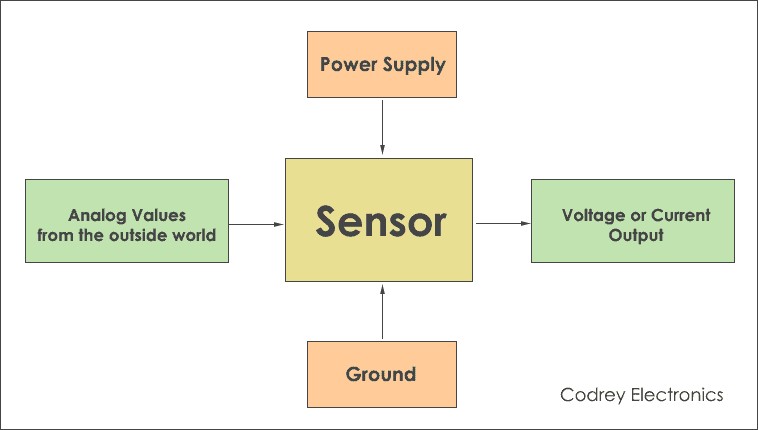
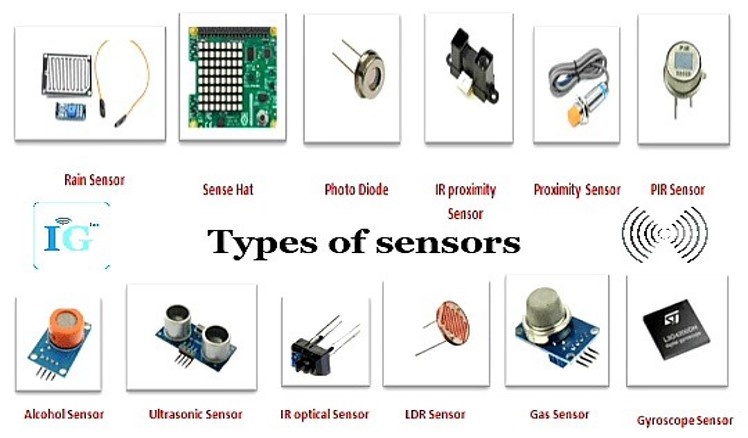
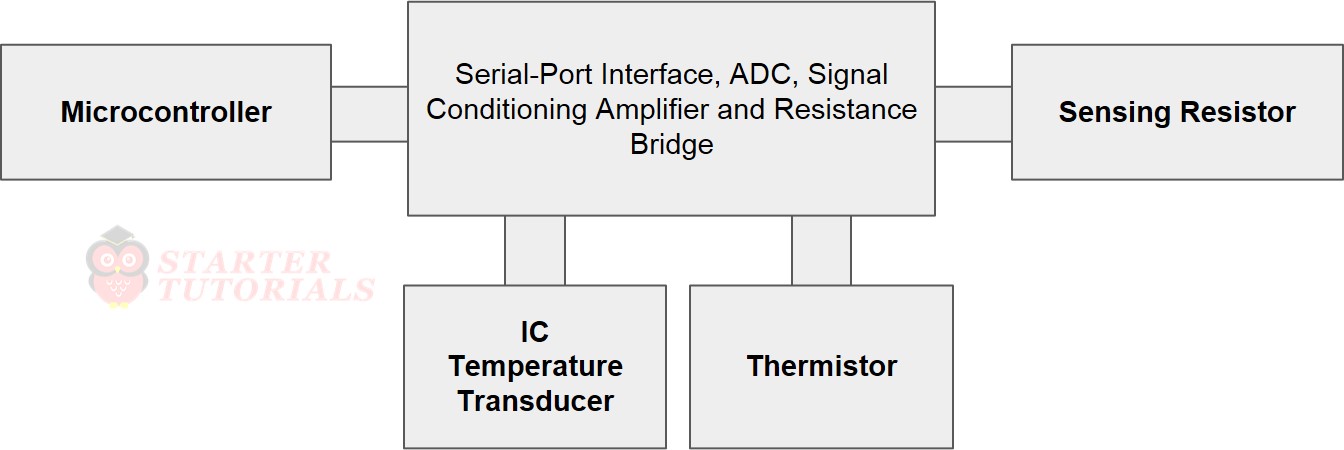
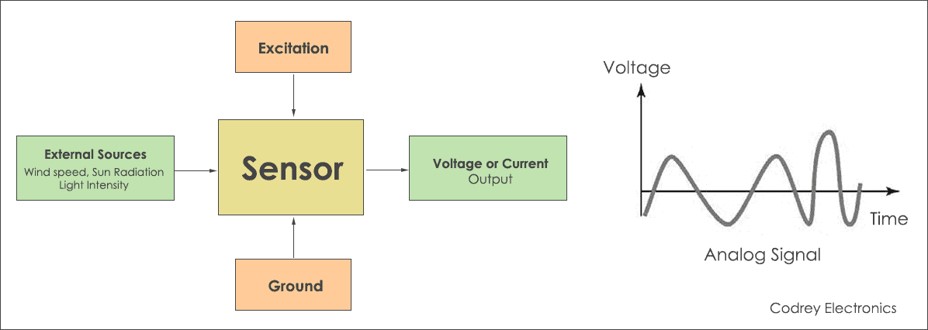
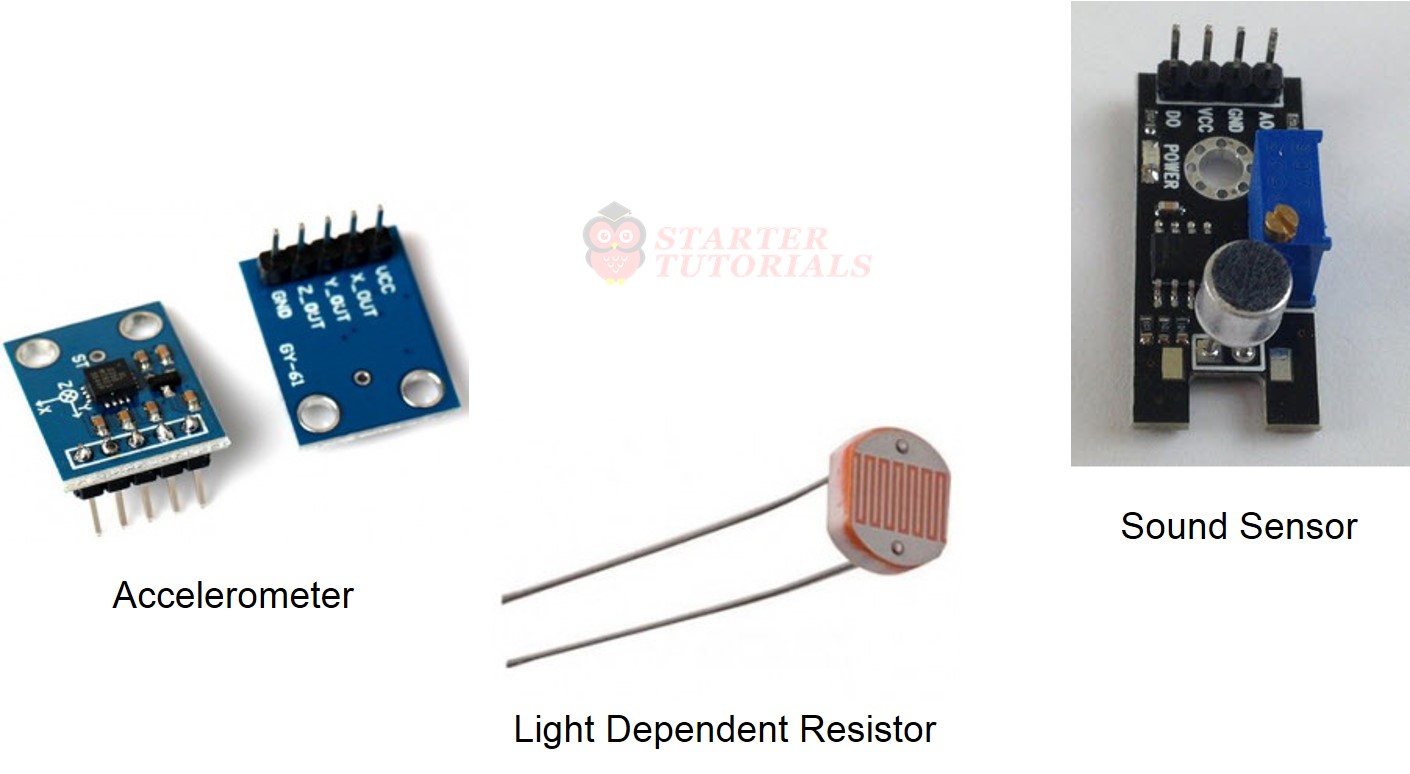
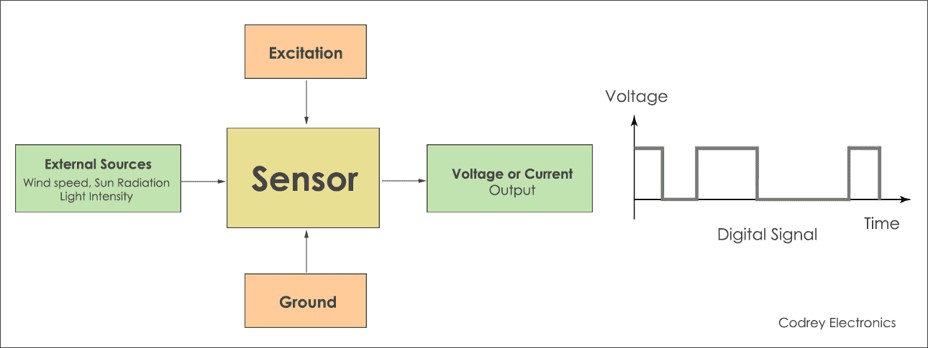
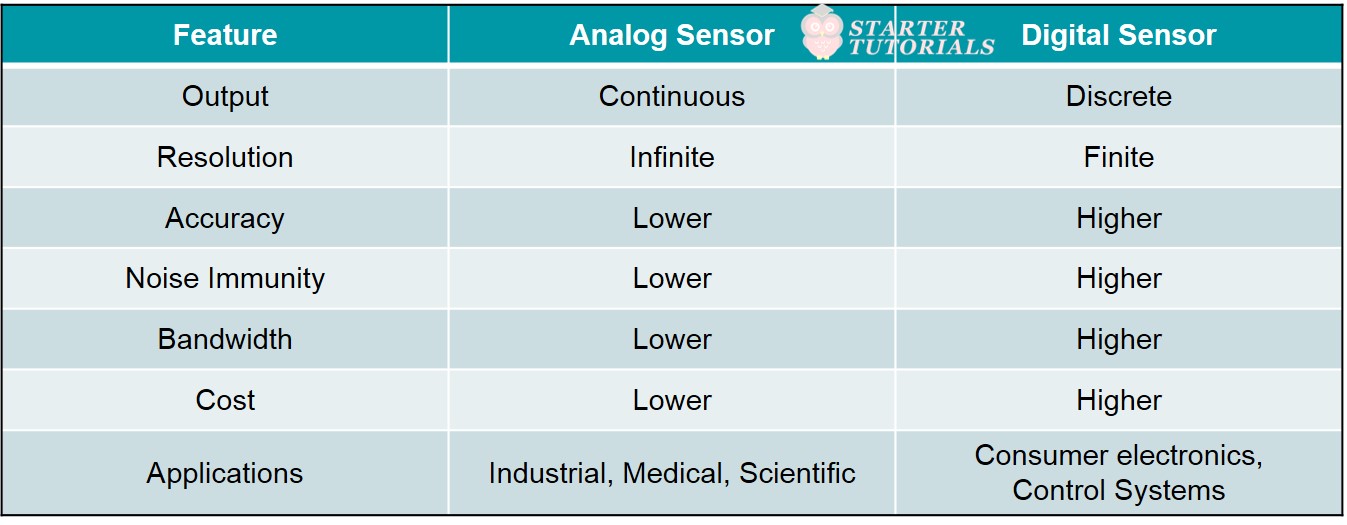
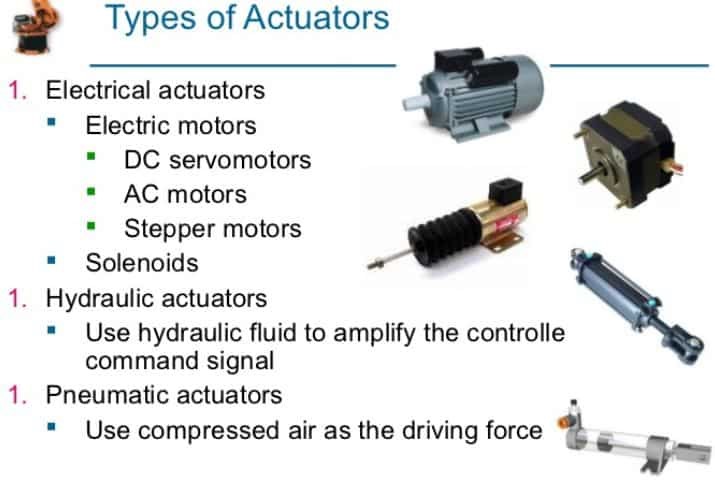
Leave a Reply